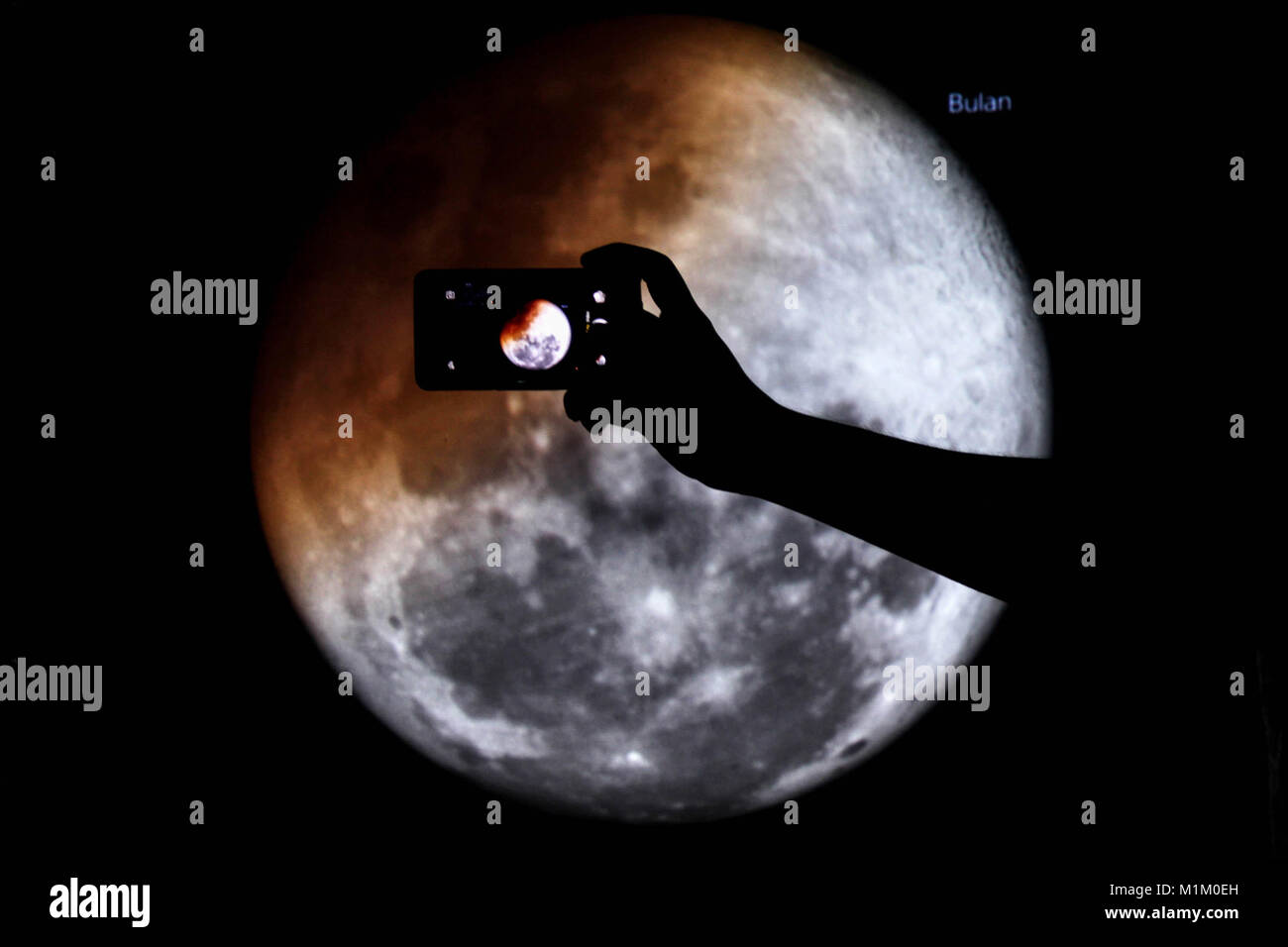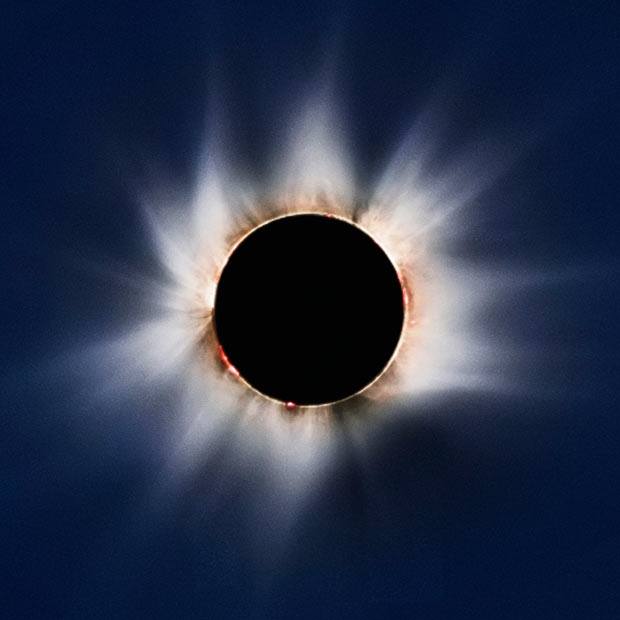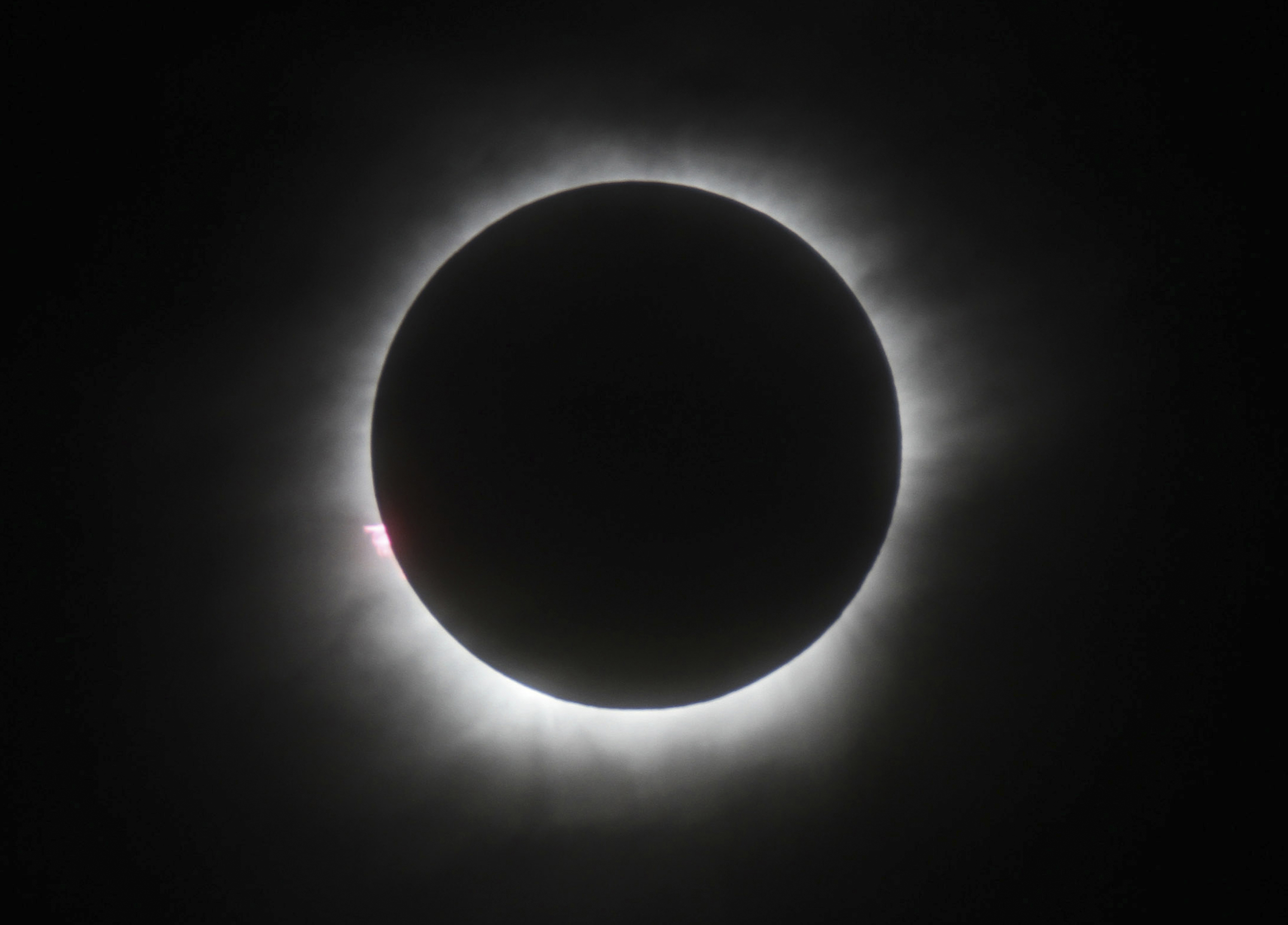

On May 26, 2021, during early morning in the western Americas, the Moon enters the Earth’s shadow, creating a total lunar eclipse, the first in almost two and a half years. Credit: NASA’s Scientific Visualization Studio Totality can be seen everywhere in the Pacific and Mountain time zones, along with Texas, Oklahoma, western Kansas, Hawaii and Alaska. Visibility of the total phase in the contiguous U.S., at 11:11 UTC.

Observers near the edge of the visibility region may see only part of the eclipse because for them, the Moon sets (on the eastern or right-hand edge) or rises (on the western or left-hand edge) while the eclipse is happening. This region shifts to the west during the eclipse. This animation shows the region of the Earth where this eclipse is visible. But during totality, our eyes adjust and reveal a range of hues painted on the Moon by all of Earth’s sunrises and sunsets.Īll phases of a lunar eclipse are safe to view, both with your naked eye and an unfiltered telescope.Īn animated map showing where the lunar eclipse is visible.

How to see the eclipse via phonne full#
The parts of the Moon outside the umbra during the partial phases are almost as bright as an ordinary full moon, making the obstructed parts appear nearly black. The exposure setting of the virtual camera changes around totality in order to capture the wide dynamic range of the eclipse. The two animations above run from 8:30:00 to 13:59:50 UTC. The appearance of the Moon during the lunar eclipse at 10 seconds per frame. The part of the shadow in which the Sun is only partially blocked is called the penumbra. The eclipse percentage in the table is the fraction of the Moon covered by the Earth’s umbra, the part of its shadow in which the Sun is completely blocked. The closer you are to that location, the higher the Moon will be in your sky. It’s also the center of the hemisphere of the Earth where the eclipse is visible. The sublunar point, the last line of the table above, is the point on the Earth’s surface where the Moon is directly overhead. Includes text highlighting the contact times and various eclipse statistics.

The eclipse can be seen in its entirety in eastern Australia, New Zealand, and the Pacific Islands, including Hawaii. Totality occurs just after moonrise along the Asian Pacific Rim. The total phase will be visible near moonset in the western United States and Canada, all of Mexico, most of Central America and Equador, western Peru, and southern Chile and Argentina. It occurs within hours of the closest perigee of the year, making the Moon appear about 7% larger than average. The total lunar eclipse of is the first in nearly two and a half years.


 0 kommentar(er)
0 kommentar(er)
